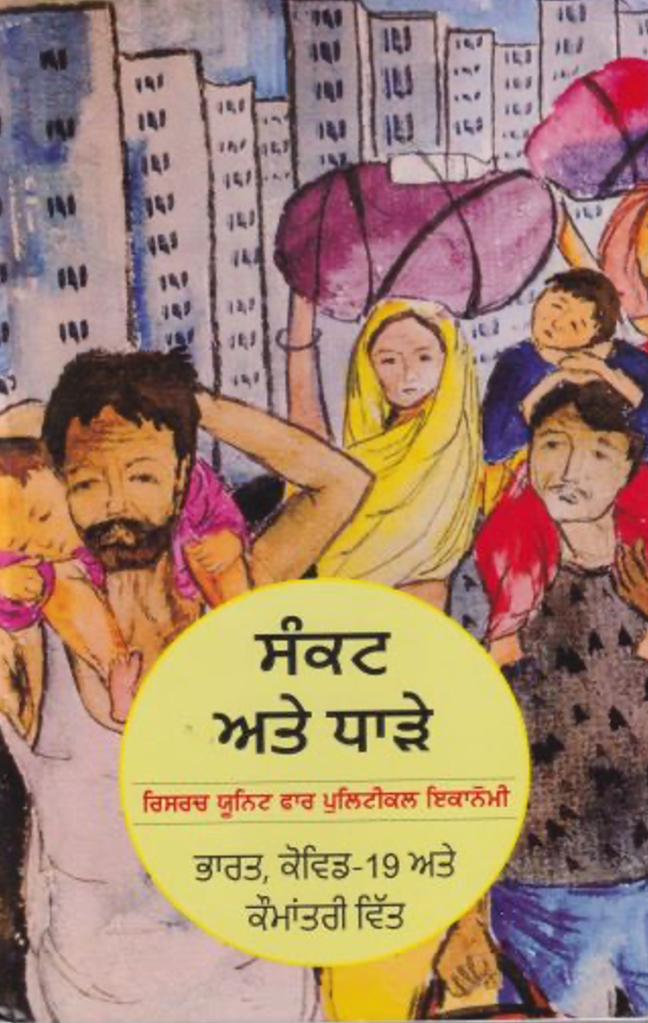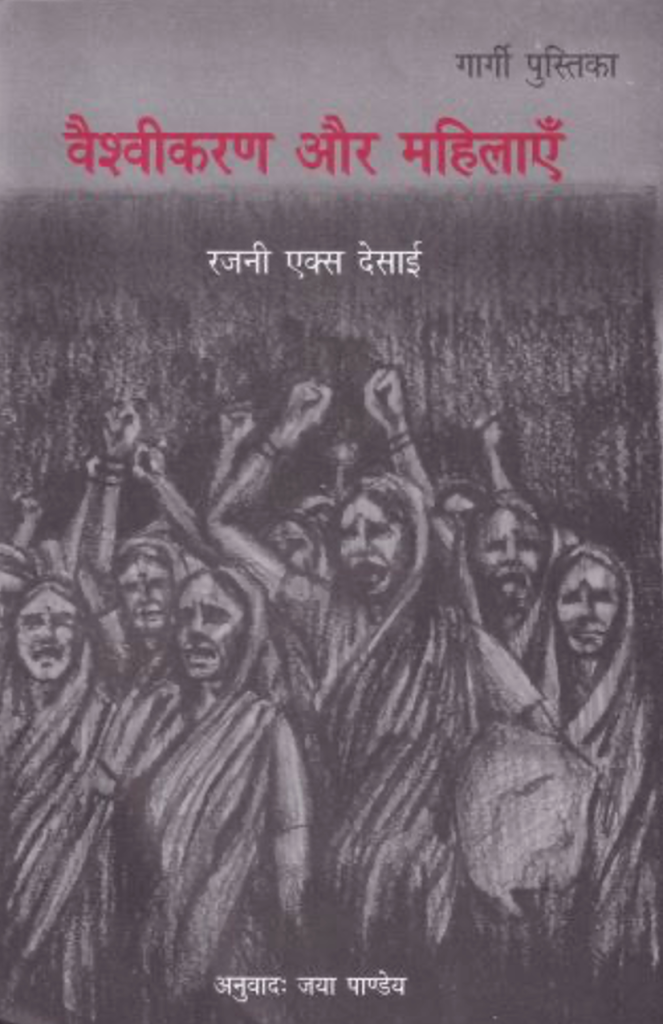Amid the present fateful developments in Palestine, it is worth turning back to an article of December 2006 by Jacob Levich[1], “A Counter-Revolution in Military Affairs? Notes on US High-Tech Warfare” (at https://rupe-india.org/old-site/42/rma.html; re-published here). It has proved remarkably prescient.
The article examined the United States’s ‘Revolution in Military Affairs’ (RMA),
a new system of warfare that was said to combine innovative battlefield tactics with high-tech weaponry, networked communications, and sophisticated surveillance technology…. ‘Wired’ or ‘postmodern’ warfare, it was widely claimed, would transform the 21st-century battlefield and assure American supremacy for generations to come.
Levich pointed out that so-called ‘precision munitions’ failed to reduce civilian casualties (they actually increased them). However, this was not of such concern for the US and its allies such as Israel; the greater concern was that these weapons were ineffective in quelling guerrilla resistance. This was so particularly in Lebanon:
During the invasion of Lebanon, Hezbollah fighters were able to counter Israel’s US-supplied smart bombs using classic guerilla tactics, digging in (a network of reinforced underground bunkers consistently thwarted precision weapons) or blending into the population as circumstances required. Nor were Israel’s high-tech targeting systems effective in locating small, easily portable weapons like Hezbollah’s Katyusha rockets….
… [A] rough evaluation of the bunker buster’s performance could be derived from the IDF’s 2006 attack on Lebanon. In July, the US rushed 100 bunker busters to Israel as part of an effort to kill Hassan Nasrallah and the rest of Hezbollah’s leadership. The assassination targets, concealed to a depth of 40 meters in a network of hardened bunkers, emerged unscathed.
He argued that the construction and sustenance of such a network required popular support and involvement:
The tactics that defeated Israel’s high-tech munitions — construction of elaborate underground command centers and hardened missile sites throughout the country, lightning transfers of armaments and fighters in the face of Israeli bombardment, even the fighters’ ability to melt at will into the civilian population — required the sympathy and coordinated assistance of the people, often over years of painstaking preparation.
The US’s elaborate infrastructure of electronic surveillance and reconnaissance (US C4I – Command, Control, Communications, Computers and Intelligence), designed for traditional battlefields, was not equipped to deal with guerrilla warfare by
small, lightly equipped groups that are virtually undetectable by US drones, or at worst indistinguishable from civilian traffic. Small-scale, highly efficient “hit and run” attacks (e.g., IEDs and sniper fire) are calculated to thwart US drones; cellular organization and face-to-face communications are relied upon to outflank signals intelligence.
Moreover, the guerrilla forces were not averse to using technology themselves, albeit of a cheaper variety:
Even more disturbing to US theoreticians, Hezbollah’s successful defense of southern Lebanon in 2006 provided evidence that a well-organized guerilla force can beat the high-tech West at its own game. Hezbollah flummoxed Israel’s satellite and overflight intelligence with decoys, developed counter-signals technology that cracked encrypted radio communications, and intercepted key battlefield information simply by listening in on IDF soldiers’ cell phone calls to their families.
Frustrated by their failure to ‘decapitate’ the leaderships of resistance in Iraq and Lebanon, the US and Israel resorted to punitive air war:
As a result, the air war in Iraq has undergone a distinct shift over time from precision tactical bombing to strategic bombing intended to punish the people for their support of the resistance. A similar trajectory was followed, much more rapidly, in Lebanon, where the Israeli Air Force responded to the failure of its initial precision strikes against Hezbollah by widening the air war to civilian targets, including apartment buildings, airports, bridges, highways, and human beings….
Analysis borne out by October 7 and after
Nearly all of these observations apply to the October 7 operation by Hamas and the ensuing developments. The following account draws on reports in the Washington Post, the Financial Times, the BBC, the New York Times, and Haaretz.
Continue Reading »

